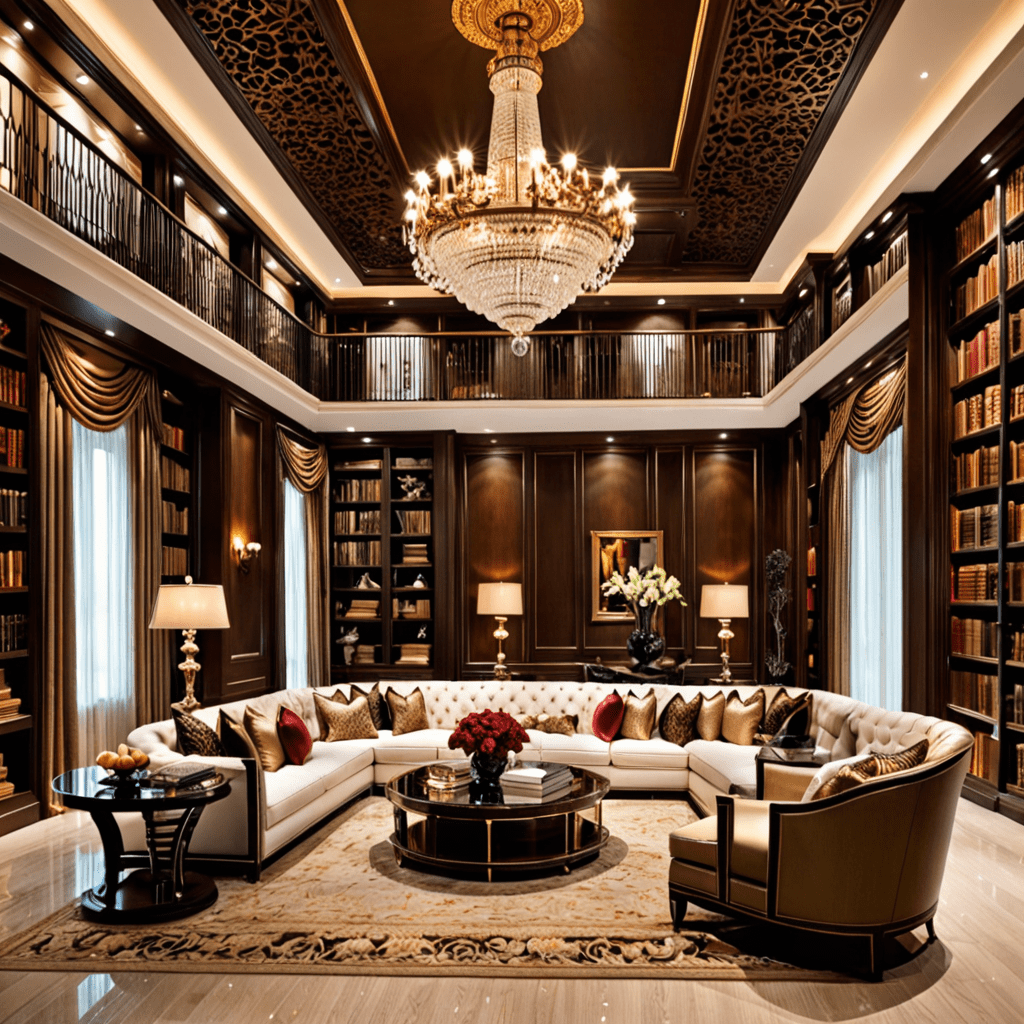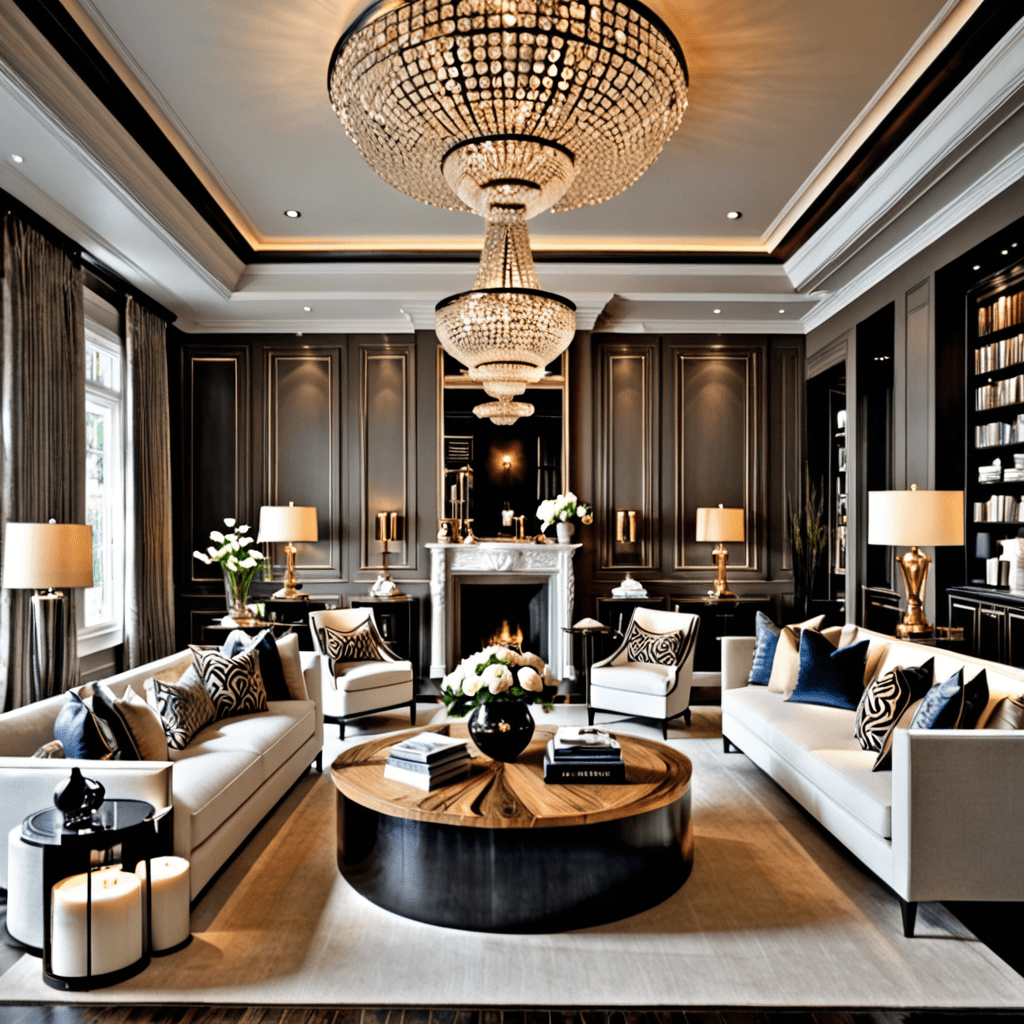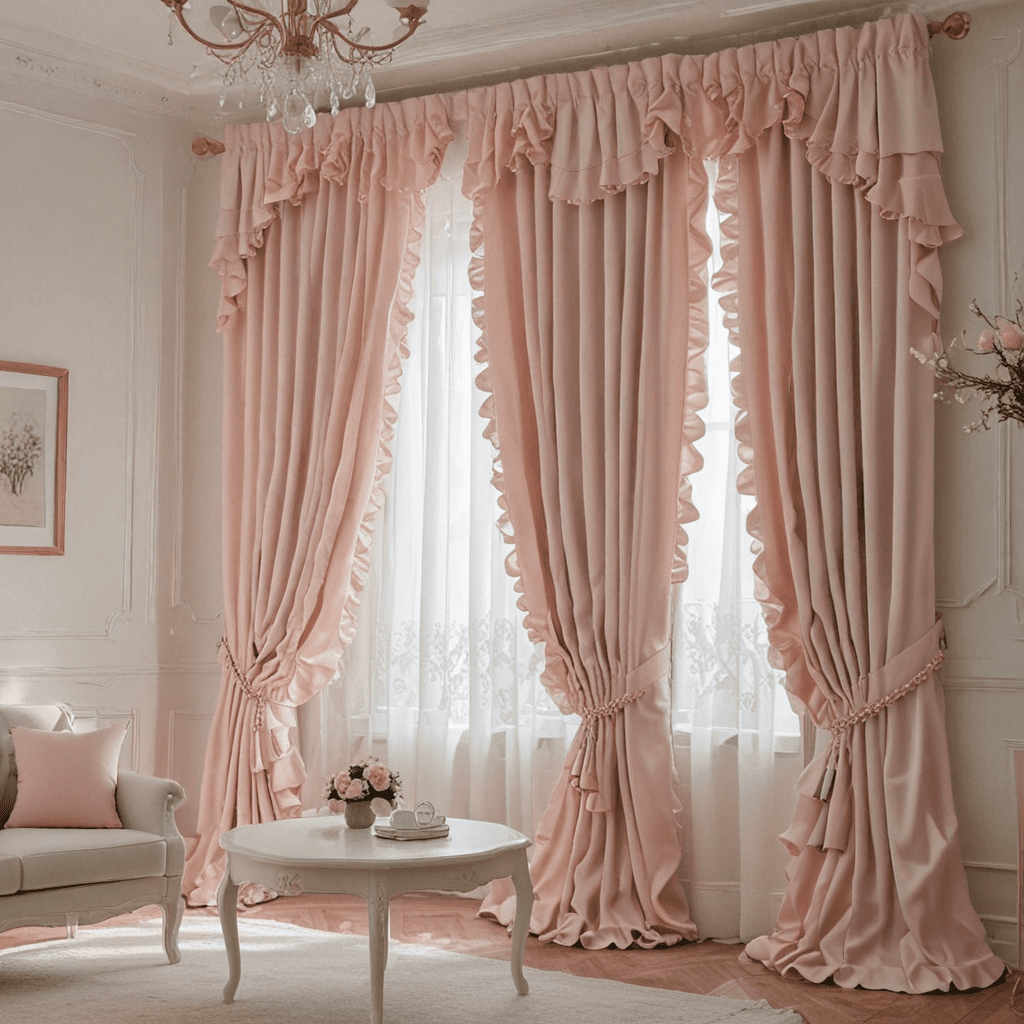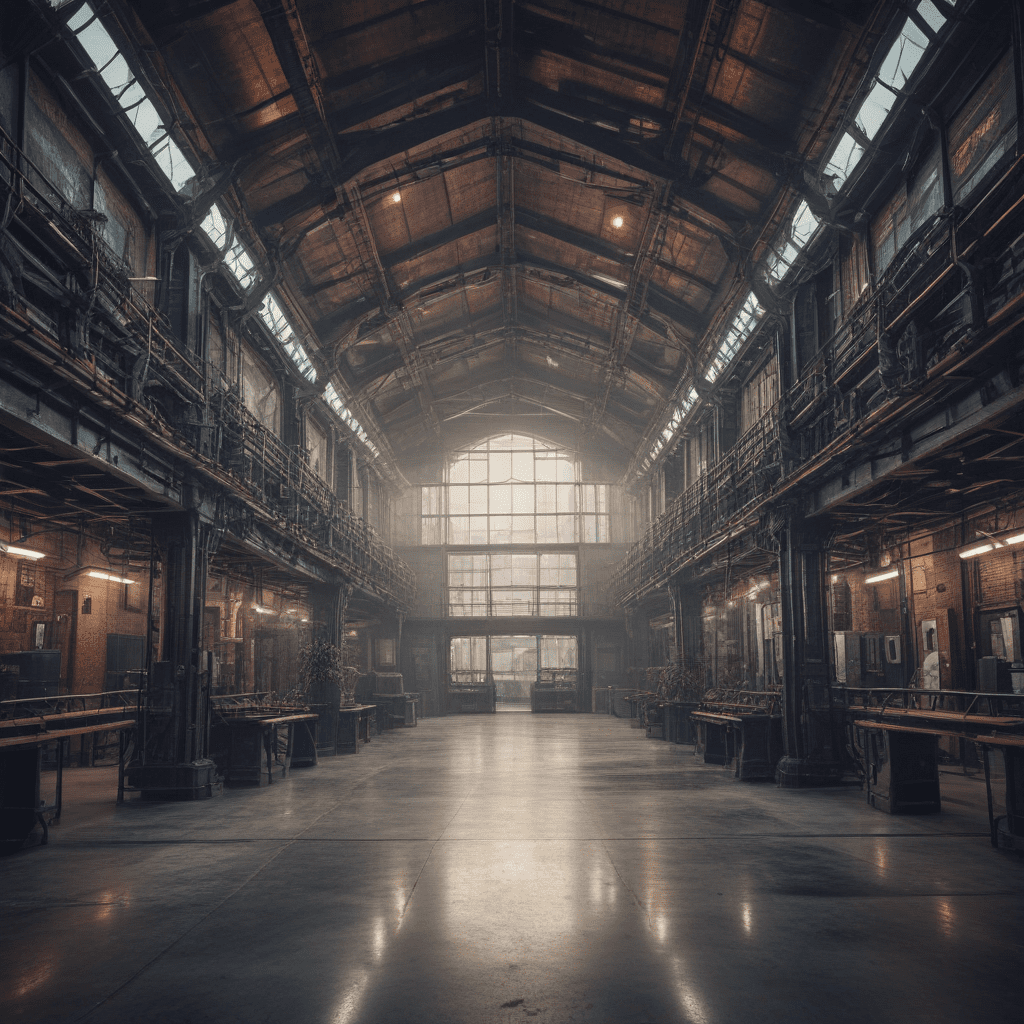Creating a Relaxing Outdoor Retreat
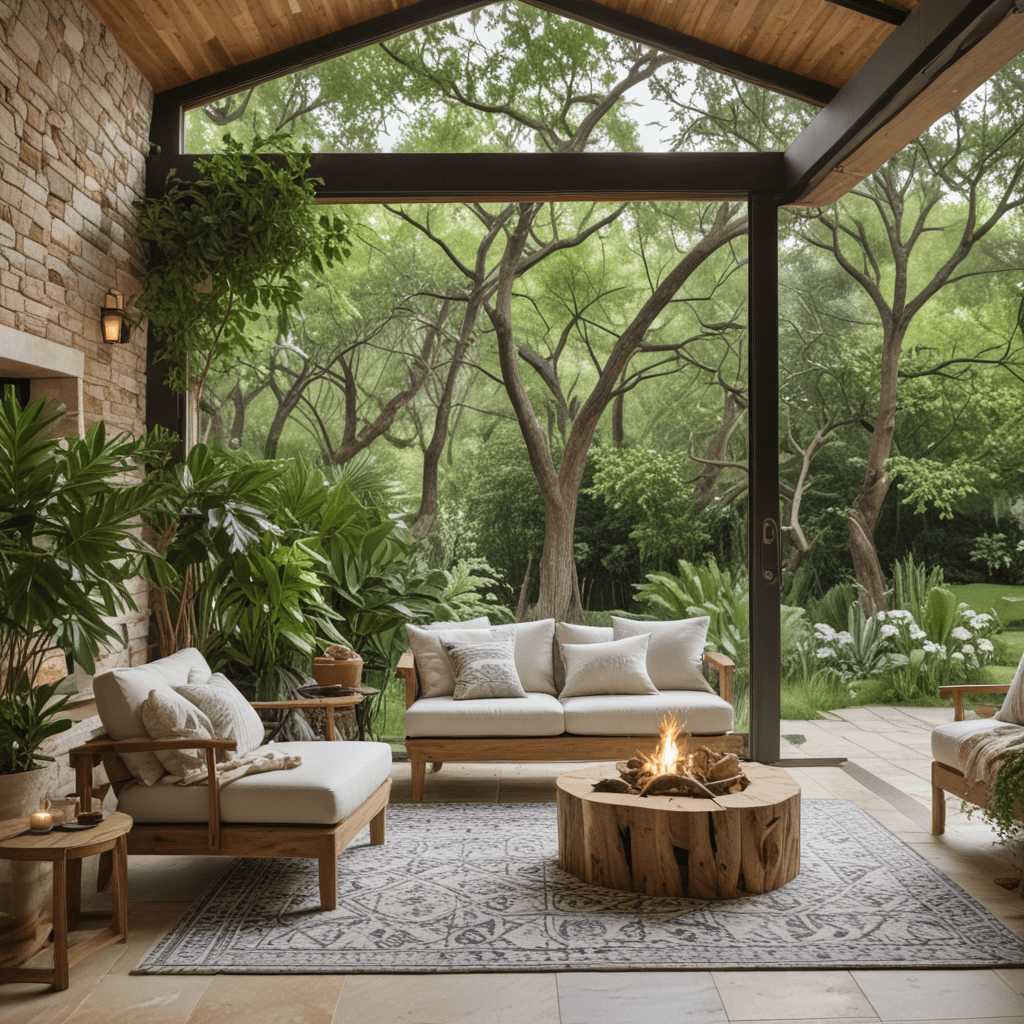

Creating a Serene Outdoor Oasis: A Guide to Designing a Relaxing Retreat
1. Define Your Outdoor Space
The first step in designing your peaceful outdoor retreat involves visualizing your desired haven. Consider the overall ambiance, mood, and desired activities you wish to engage with in this space:
- Determine the purpose: Define the primary use of your outdoor space. Is it intended for dining, lounging, reading, or simply finding respite amid nature?
- Identify available area: Assess the available space and establish its boundaries. Note any existing trees, structures, or features that can influence your design.
- Consider traffic flow: Plan your outdoor space around the natural flow of foot traffic. Ensure that there are clear pathways and ample space to navigate comfortably.
- Maximize privacy: Evaluate the level of privacy required and desired. Consider adding hedges, trees, or screens for visual barriers and sound dampening.
- Establish a focal area: Select a focal point that draws attention and enhances ambiance. This can be a water feature, fire pit, seating area, pergola, or striking piece of outdoor art.
2. Establish Distinct Activity Zones
To enhance the functionality of your outdoor retreat, divide it into well-defined zones catering to specific activities:
- Create a cozy lounge: Furnish a comfortable seating arrangement with inviting cushions, throws, and weather-resistant pillows. Position it strategically to maximize views and capitalize on natural elements.
–Designate a dining area: Establish a specific area for dining to foster a sense of separation and enhance the ambiance of mealtimes. Choose outdoor furniture that complements your aesthetic and accommodates your dining needs.
- Include a relaxation zone: Carve out an area for relaxation and contemplation. Add a hammock, meditation bench, or comfortable chair where you can retreat and unwind amidst nature's tranquility.
–Integrate a play area: If children will be frequenting your outdoor space, incorporate a designated area for play to keep them entertained and encourage physical activity.
–Incorporate an outdoor kitchen: Extend your living space by adding an outdoor kitchen equipped with amenities like a barbecue, sink, refrigerator, and storage. This allows you to enjoy cooking and dining al fresco.
3. Introduce Calming and Serene Elements
To cultivate a truly relaxing outdoor oasis, incorporate design elements that evoke a sense of calm and serenity:
Choose soothing colors: Opt for muted, earthy tones such as greens, blues, grays, or beige for your outdoor furnishings and accessories. These hues have a calming effect and blend harmoniously with the natural surroundings.
Incorporate natural materials: Introduce organic materials like wood, stone, or bamboo into your outdoor décor. These materials exude warmth, texture, and a connection to nature, fostering a sense of tranquility.
–Add flowing water features: The gentle sounds of flowing water create a soothing ambiance that can mask urban noise and enhance relaxation. Incorporating a fountain, waterfall, or pond can transform your outdoor retreat into a sensory sanctuary.
–Introduce lush greenery: Surround yourself with lush plants and flowers to create a serene and inviting environment. Choose plants that complement your climate and provide a variety of textures, heights, and colors.
–Minimize clutter: Maintain order and a sense of serenity in your outdoor space by minimizing clutter. Keep surfaces clear, organize accessories, and consider vertical storage solutions to optimize space.
6. Choose Inviting and Comfortable Furnishings
Create a welcoming and relaxing atmosphere by selecting comfortable and stylish furnishings that complement your outdoor décor. Consider:
- Durable materials: Opt for weather-resistant materials like wicker, teak, or aluminum to ensure longevity and withstand outdoor elements.
- Comfortable seating: Choose chairs, sofas, and loungers that provide ample support and encourage relaxation. Consider cushions and pillows for added comfort.
- Appropriate scale: Select furniture that is proportionate to the size of your outdoor space. Avoid overcrowding or overwhelming the area.
- Personalize with accessories: Add throws, cushions, and outdoor rugs to personalize your space and create a cozy ambiance.
7. Use Lighting to Enhance Mood
Lighting plays a vital role in setting the mood and ambiance of your outdoor retreat. Incorporate a combination of natural and artificial lighting to create a welcoming and relaxing atmosphere:
- Natural light: Maximize natural light by positioning your seating areas and focal point in areas that receive ample sunlight.
- Ambient lighting: Use ambient lighting to create a warm and inviting atmosphere. String lights, lanterns, and floor lamps can provide a soft glow and enhance the ambiance.
- Task lighting: Include task lighting for specific areas, such as dining or cooking. This type of lighting provides illumination for practical activities.
- Accent lighting: Highlight architectural features, plants, or artwork using accent lighting to create visual interest and depth.
8. Introduce Aromatic Plants and Scents
Engage your senses and create a relaxing ambiance by incorporating aromatic plants and scents into your outdoor space:
- Fragrant flowers: Plant fragrant flowers like jasmine, lavender, or roses to release calming scents into the air.
- Scented candles: Use scented candles with calming scents such as vanilla, lavender, or chamomile to create a relaxing atmosphere.
- Essential oils: Diffuse essential oils like lavender, bergamot, or ylang-ylang to promote relaxation and tranquility.
- Herbs: Grow herbs like basil, rosemary, or mint to add a fresh and invigorating scent to the air.
9. Consider Water Features for Tranquility
The soothing sounds of flowing water can create a serene and calming ambiance in your outdoor retreat. Consider incorporating water features such as:
- Fountains: Place a fountain in a central location to provide a gentle and continuous flow of water.
- Waterfalls: Create a more dramatic effect with a waterfall feature that cascades water over rocks or a wall.
- Ponds: A small pond with aquatic plants and fish can attract wildlife and enhance the tranquility of your space.
- Running water: Incorporate a stream or creek into your outdoor retreat to create a natural and soothing soundscape.
10. Maintain Your Oasis for Continuous Enjoyment
To ensure your outdoor retreat remains a relaxing haven, regular maintenance is essential:
- Regular cleaning: Clean outdoor furniture, surfaces, and accessories regularly to remove dirt, debris, and pollen.
- Plant care: Water, fertilize, and prune plants regularly to maintain their health and beauty.
- Structural maintenance: Inspect and maintain pergolas, gazebos, or other structures for any damage or repairs.
- Seasonal adjustments: Prepare your outdoor space for different seasons by storing furniture, covering plants, and adjusting lighting as needed.
FAQs
Q: What is the most important consideration when creating a relaxing outdoor retreat?
A: The most important consideration is to define your space, establish distinct zones for different activities, and incorporate calming elements to create a peaceful and inviting ambiance.
Q: How can I maximize the tranquility of my outdoor retreat?
A: Introduce soothing colors, incorporate natural materials, add flowing water features, surround yourself with lush greenery, and minimize clutter to create a serene and relaxing environment.
Q: What are the best materials for outdoor furniture?
A: Durable materials such as wicker, teak, or aluminum are ideal for outdoor furniture as they are weather-resistant and can withstand the elements.
Q: How can I use lighting to enhance the mood of my outdoor retreat?
A: Combine natural light with a combination of ambient, task, and accent lighting to create a warm, inviting, and functional atmosphere.

